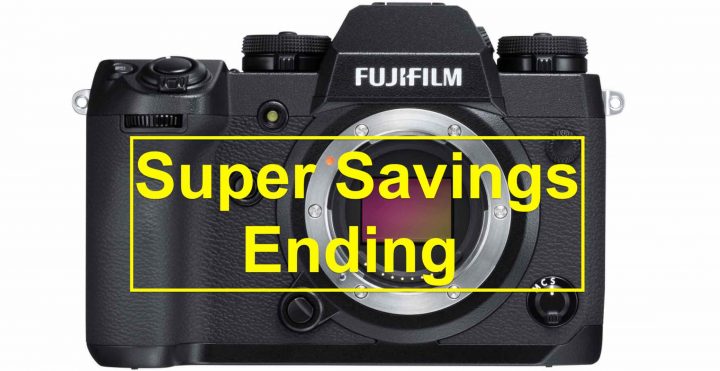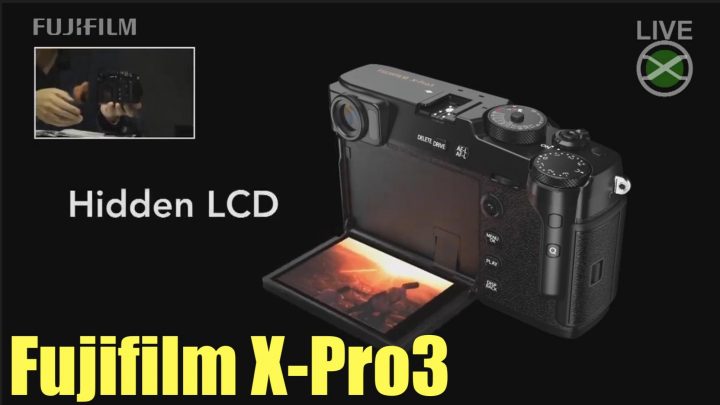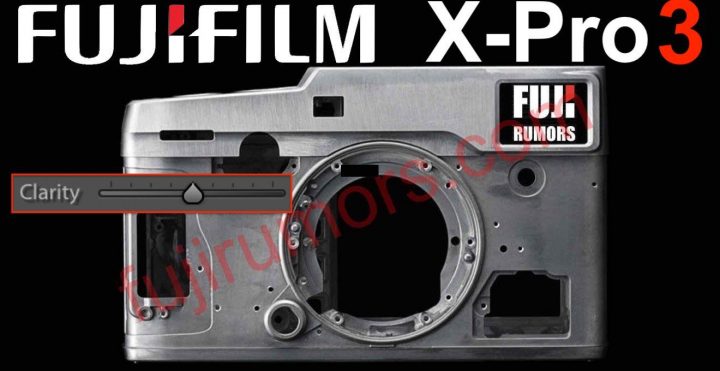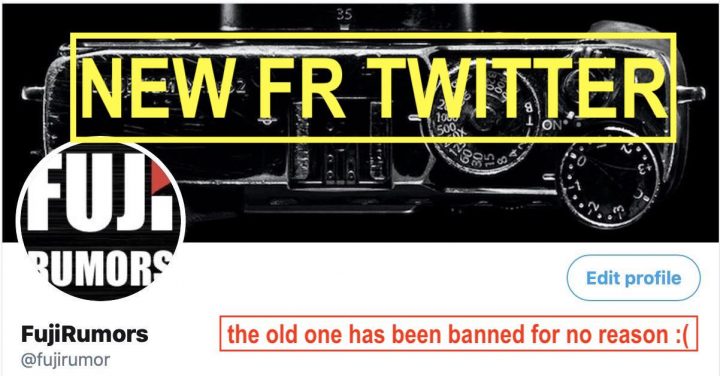Last Week of Fujifilm X-H1 Mega Savings and X/GFX Summer Deals
X-H1 Steal
This is the last week, where you can save massively on the Fujifilm X-H1 (exp. September 28).
The camera itself is currently back-ordered in many stores, but of course you can place your order now, and then get it shipped at the discounted price once Japan ships again fresh new samples from their factory.
At the time of this post, BHphoto expects to be able to ship it September 26.
- X-H1 + Grip + XF 8-16/2.8 (save $1,000): BHphoto, Adorama, AmazonUS
- X-H1 + Grip + XF 16-55/2.8 (save $800): BHphoto, Adorama, AmazonUS
- X-H1 + Grip (pay only $999): BHphoto, Adorama, AmazonUS
Full List of Fuji Summer Deals
X Series Deals
- X-H1 + Vertical Grip (save $300): BHphoto, Adorama, AmazonUS
- X-H1 + Vertical Grip + XF 8-16mmF2.8 (save $1,000): BHphoto, Adorama, AmazonUS
- X-H1 + Vertical Grip + XF 16-55mmF2.8 (save $800): BHphoto, Adorama, AmazonUS
- X-Pro2 black (save $200): BHphoto, AmazonUS, Adorama, FocusCamera
- X-Pro2 graphite with 23/2 (save $350): BHphoto, AmazonUS, Adorama, FocusCamera
- X-E3* (save $100): BHphoto, Adorama, AmazonUS, FocusCamera
*body only or with XF18-55 or with XF23mmF2
GFX Deals
- Fujifilm GFX 50R (save $500): BHphoto, Adorama, AmazonUS, FocusCameras
Top Tech Kickstarter hit
- Pinhole Pro X 18-36mm – pinhole zoom lens for video & photo
General Deal Pages
All Fujifilm Deals
Used Fujifilm Gear
Official Fujifilm Recommended Accessories
SD-Cards
Power Banks











